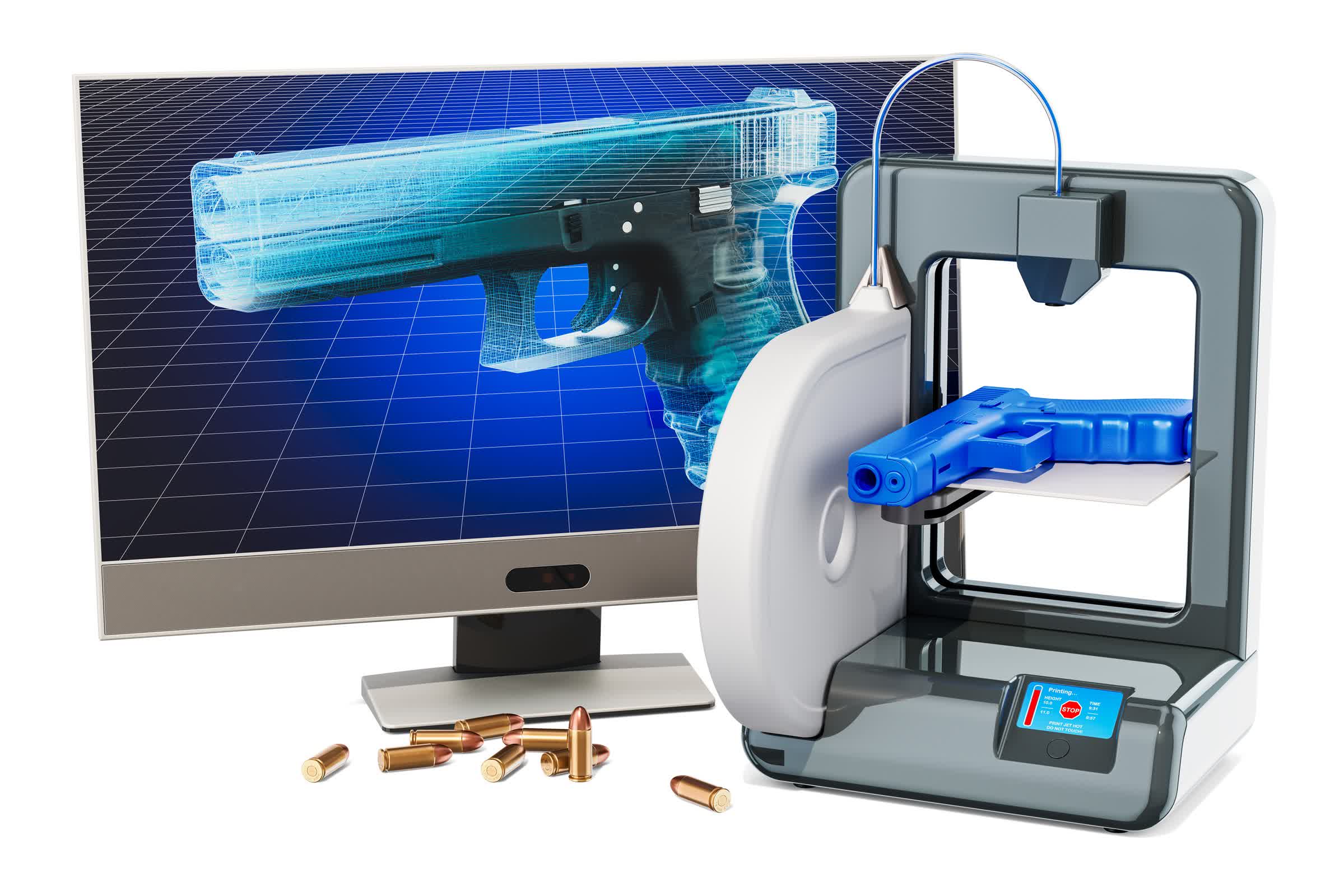TL;DR: A small group of forensic researchers is challenging the belief that 3D-printed ghost guns – unserialized firearms built at home – are completely untraceable. Their work offers a glimmer of hope to investigators and lawmakers grappling with the growing threat of criminals using these weapons.

Kirk Garrison, a forensics expert with the San Bernardino Sheriff's Department, has spent years working at the intersection of digital blueprints, heated plastic filaments, and real-life criminal cases. He recently told 404 Media that he has started finding ways to match 3D-printed objects to the specific machines that produced them.
"That's when I was like, 'We might need to know a little bit more about this now if we're actually going to be seeing this stuff and potentially have to testify to it,'" Garrison said. "What I'm doing is in its infancy and it might be years before authorities can reliably match a gun to the machine that made it, if they can do it at all."
The science is still young, and Garrison makes clear he speaks only for himself, not his department. His journey into 3D-printed forensics began in 2018, when he started seeing a wave of gun parts produced with consumer-grade printers. Most were 80 percent kits or conversion kits – small plastic components that enable standard firearms to fire automatically. The first time he worked a case involving a fully 3D-printed gun frame, he realized more specialized expertise would be necessary.
A pivotal moment came when Garrison, attending a conference in Atlanta, heard FBI lab technician Corey Scott describe seeing consistent toolmarks on objects printed with a 3D printer.
"He was just like, 'Hey, I noticed on these 3D-printed items, there are these marks, but I'm not actually a firearms or toolmark examiner,'" Garrison recalled.
In forensics, toolmarks – unique scratches and impressions left by a manufacturing tool – act as a kind of fingerprint. They include the gouges left by a screwdriver on a screw head or the bite marks bolt cutters leave on a chain. A 3D printer's nozzle can leave behind a similarly consistent signature that investigators can use to link an object to a specific printer.

Back at his lab, Garrison investigated printed weapon frames under a microscope and began noticing what he called stria – microscopic scratch marks deposited during the printing process. The implication: every 3D printer, working much like a hot glue gun, might inscribe a unique pattern as it lays down hundreds of layers of melted plastic.
"So on the firearm, I'm seeing consistent marks from the trigger guard – maybe print line 200 – to the top of the magazine well – print line 400," he explained.
The findings were tantalizing, but Garrison cautions they are far from courtroom-ready. He emphasized that, despite the promise of eventually matching a printer to the object it produced, the science is still in its early stages and that it may take years – perhaps even a decade – to understand the relationship between toolmarks and 3D printers fully.
Limited by the demands of his day job and the constraints of self-driven research, Garrison published preliminary results in Forensic Science International but continued to call for more expansive, university-led studies. Answering that call, Eric Law, assistant professor at the University of Central Oklahoma Forensic Science Institute, and graduate student Cooper Blair joined forces with Garrison to coauthor a forthcoming study. Their research aims to break new ground by determining whether investigators can trace 3D-printed objects back to the exact nozzle and print bed that produced them.
The team began by examining print sheets – the surfaces where printers build objects. Since print sheets vary widely in texture and material, they focused on textured sheets, reasoning that those characteristics might transfer to the plastic and make comparisons easier, Law told 404 Media. His team's experiments produced a striking result: they differentiated the sheets 100 percent of the time. Using both visual and computerized analysis, they matched objects to the print bed from which they originated.
This prospect comes with complications. Print positions matter, as objects produced on a different part of the same bed can appear to come from another printer. Additionally, print beds are easy to swap or discard.
The study then moved on to printer nozzles, and although the results were encouraging, they proved less definitive. Law said the algorithm could identify the correct nozzles, estimating accuracy at about 75 percent, though accuracy was probably a bit lower with just visual examination.
This research faces many challenges. So far, all of Law's and Blair's work has focused on a single 3D printer model, the Prusa MK4S – just one among many in a rapidly expanding market. Additionally, wear and tear on brass nozzles, variations in nozzle materials, and the ease of swapping components mean any forensic signature can change or vanish.
For now, Law and his fellow researchers agree that the science may one day offer a breakthrough, but no one is ready to testify in court yet.